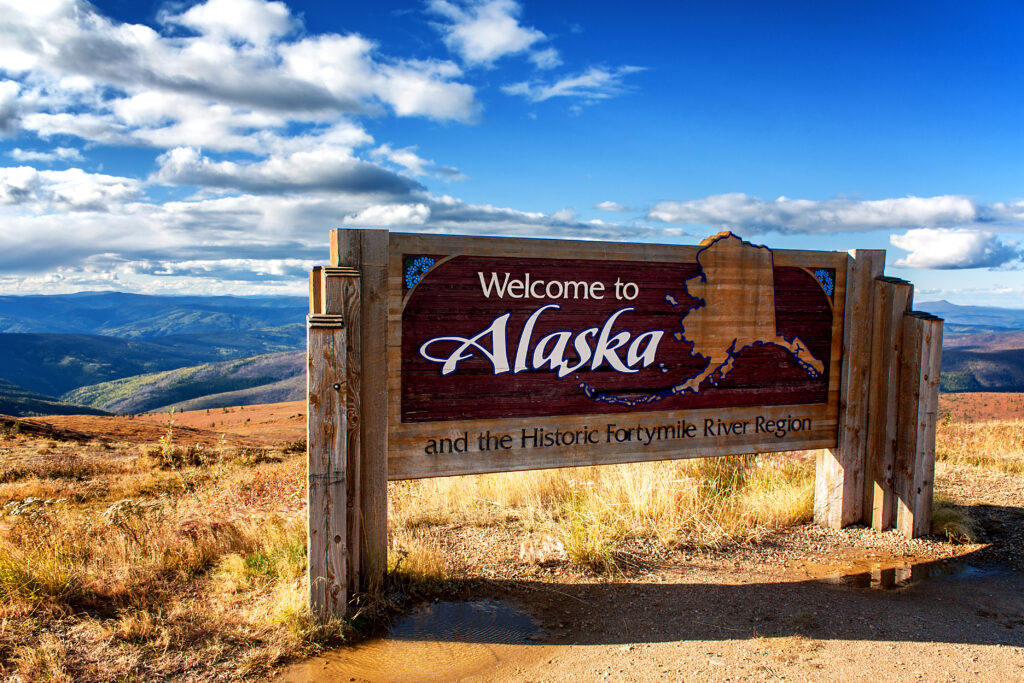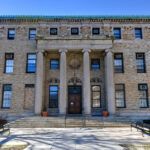On March 27, 1964, at 5:36 PM local time, the Good Friday earthquake hit Alaska, with a magnitude of 9.2, making it the most powerful earthquake ever recorded in North American history. The earthquake was caused by the subduction of the Pacific Plate beneath the North American Plate along the Aleutian Trench.
The earthquake caused a massive rupture along the fault, stretching from Prince William Sound to the Kenai Peninsula. The quake generated a series of tsunamis, which caused additional damage and claimed lives along the coast.
The city of Anchorage, the largest population center in Alaska, was hit hard by the earthquake. Nearly all of the city’s buildings were damaged, with many completely destroyed. The earthquake triggered landslides and liquefaction, which caused additional damage to infrastructure and made rescue efforts more difficult.
The death toll from the earthquake was 131, with many more injured, making it one of the costliest natural disasters in U.S. history.
The Good Friday earthquake had a significant impact on the development of earthquake science and engineering. It spurred the development of new building codes and earthquake-resistant construction techniques, which have since been implemented around the world. The earthquake also provided valuable data for seismologists studying the behavior of earthquakes, and helped to advance the understanding of plate tectonics.
References:
https://www.britannica.com/event/Alaska-earthquake-of-1964
https://www.history.com/topics/natural-disasters-and-environment/1964-alaska-earthquake




